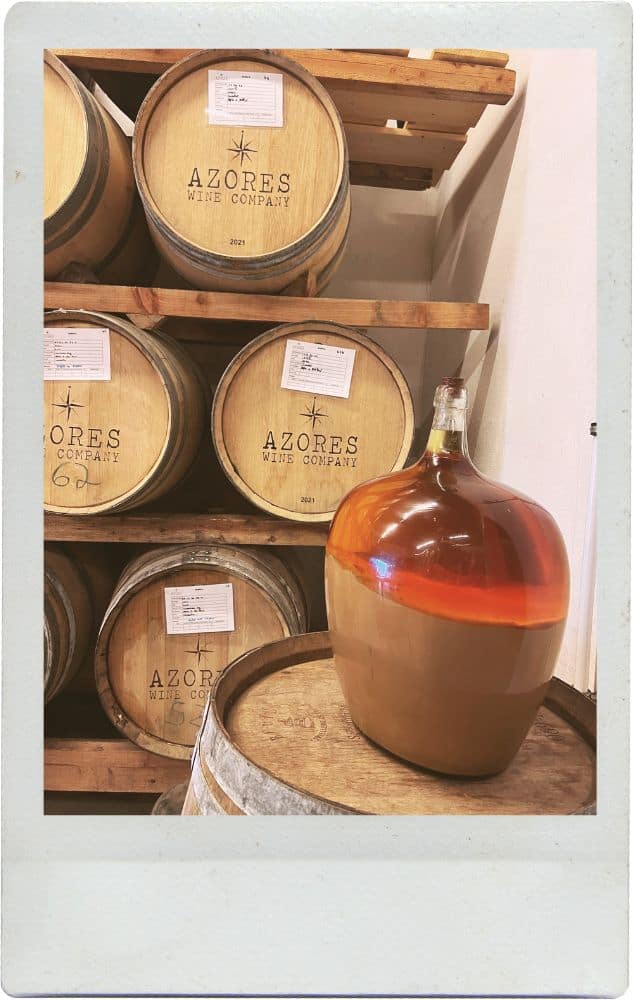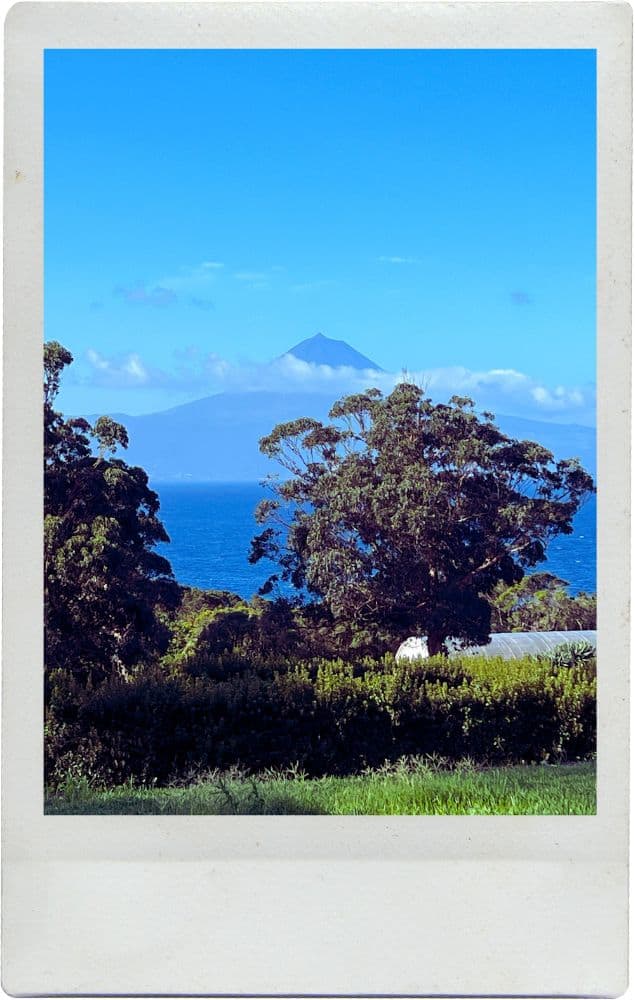The Azores: A Tapestry of History and Legend
The Azores, these nine volcanic islands smack in the middle of the North Atlantic, are like something out of a storybook. A part of Portugal but a whopping 1,500 kilometers from Lisbon, they’re a world away from the usual. When you delve into Azores history, people say these islands could even be the peaks of the legendary Atlantis poking through the ocean surface!
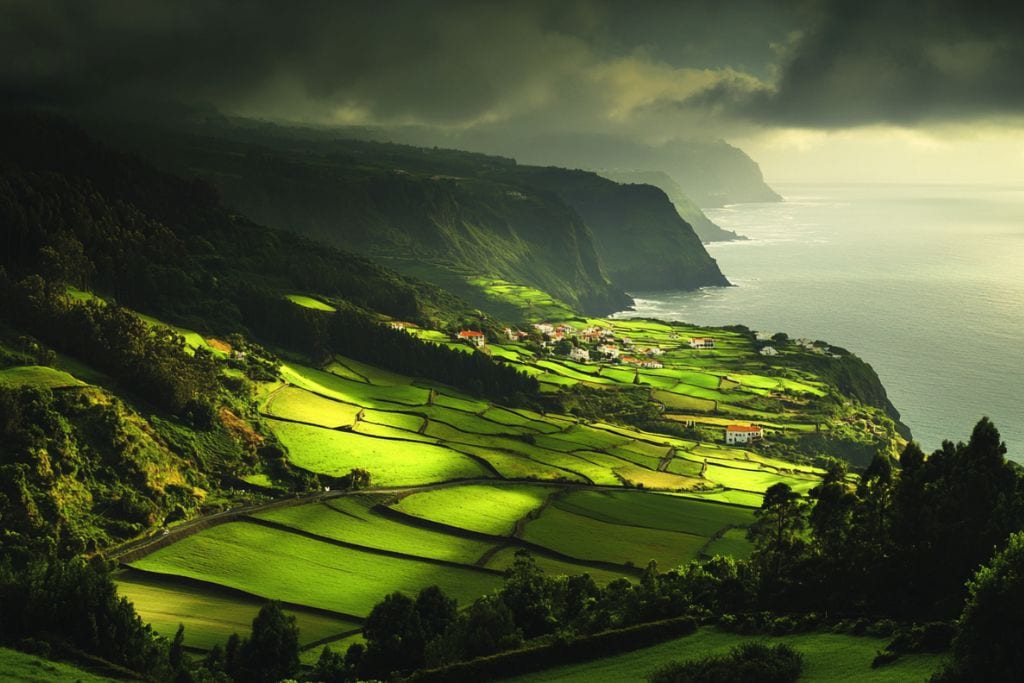
A Peek into Modern History
The Azores have a backstory that’s just as captivating today as it was centuries ago. After the Portuguese stumbled upon them in the 15th century, they became a crucial pitstop for sailors crossing the Atlantic. This is an important part of the Azores’ history. In the 1800s, the islands were bustling with American whalers, especially around Faial Island. You can still feel that American vibe there today.
Fast forward to World War II, and the Azores were back in the spotlight, thanks to their perfect spot in the Atlantic. The British and Portuguese set up an airbase on Terceira Island in 1943, turning it into a key player for the Allies, keeping the German U-boats at bay.
With some help from the European Union after Portugal joined in 1986, the islands got a modern makeover but kept their enchanting old-world charm and stunning nature. Many layers of the islands’ history are revealed in this modern transformation.
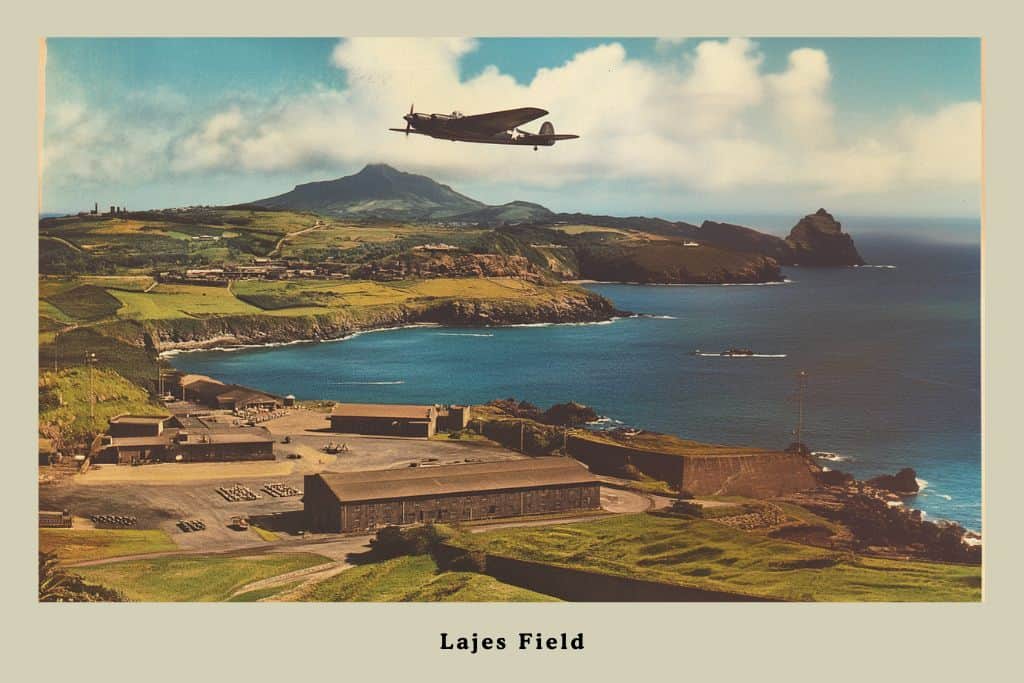
Atlantis and Mysteries
Talk about the Azores, and soon enough, Atlantis pops up. Plato talked about this powerful naval kingdom located “in front of the Pillars of Hercules,” now known as the Strait of Gibraltar, that supposedly sank overnight. Given their location and volcanic nature, some folks believe the Azores might just be the top bits of Atlantis sticking out of the sea. This ties into the speculative history of the Azores.
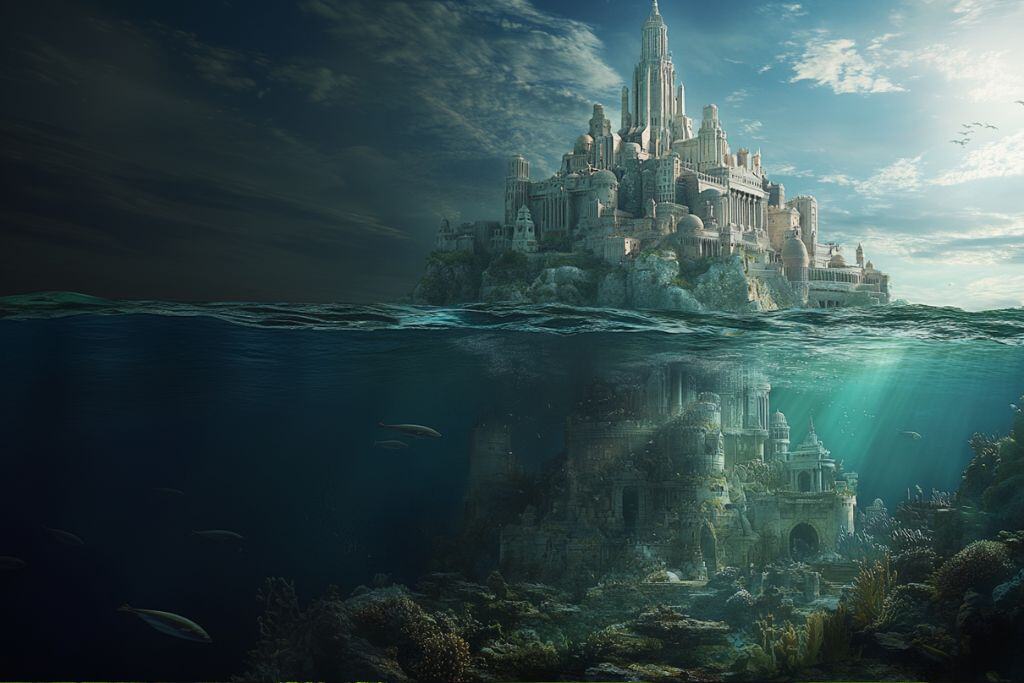
Mystical Early Settlers
Officially, the Portuguese discovered and settled the Azores in the 15th century. But there are whispers about earlier visitors—maybe Carthaginians, maybe Vikings. Plus, there are some old stones and structures that seem way older than anything else known around there. These relics hint at a deeper layer of Azores history, as if the islands have some secrets they’re not quite ready to share, hidden beneath their lush greenery.
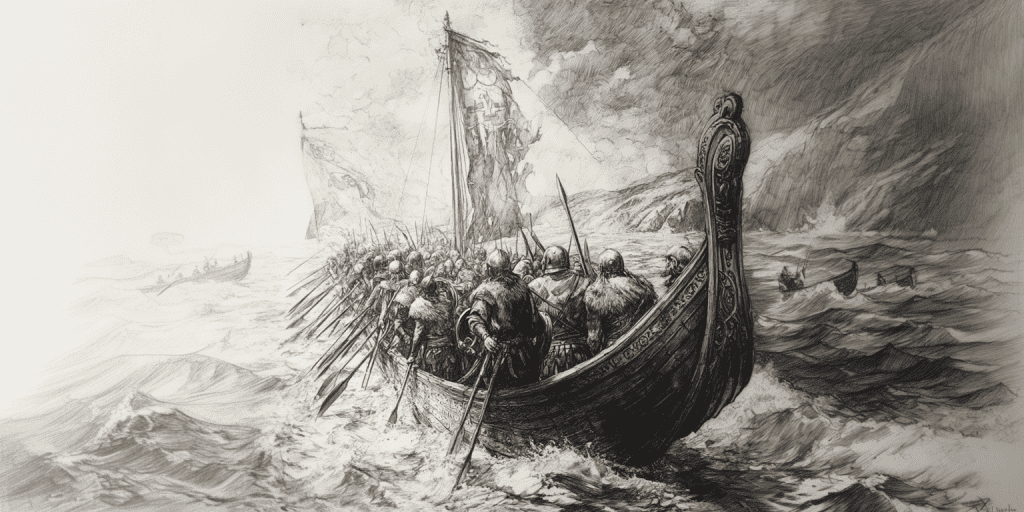
Mystical Sites and Legends
Take the São Jorge Church on São Miguel, for instance. Built in the 15th century, it’s not just any church. Legends suggest it guards the entrance to an underworld, a secret path that dives deep into the island’s heart where ancient secrets might be whispered to those bold enough to listen.
Then there are the volcanic caves, like the Cave of Água de Pau, wrapped in tales of explorers who vanished while chasing its mysterious glow, never to return. It’s said these caves guard the earth, protecting ancient secrets from prying eyes. Such mystery forms an essential part of the history of the Azores.

Festival of the Spirits
Every year, the Azores throw a party like no other—the “Festival dos Espíritos.” It’s a wild mix of Catholic traditions and old pagan rituals. Locals parade through the streets in vibrant costumes and masks, with music that sends shivers down your spine. During this festival, they say the veil between worlds thins out, making chats with the beyond just a bit easier. Such events reflect the rich cultural tapestry of Azores’ history.

The Whales’ Guardian
Whale watching is big here, and there’s a local legend about a giant whale, “O Guardião,” that once steered fishermen through a killer storm to safety. This whale is more than just a marine giant; it’s seen as a sea god’s protector, honored in songs and stories that have been handed down for generations. The whales play a significant role in the history of Azores as well.
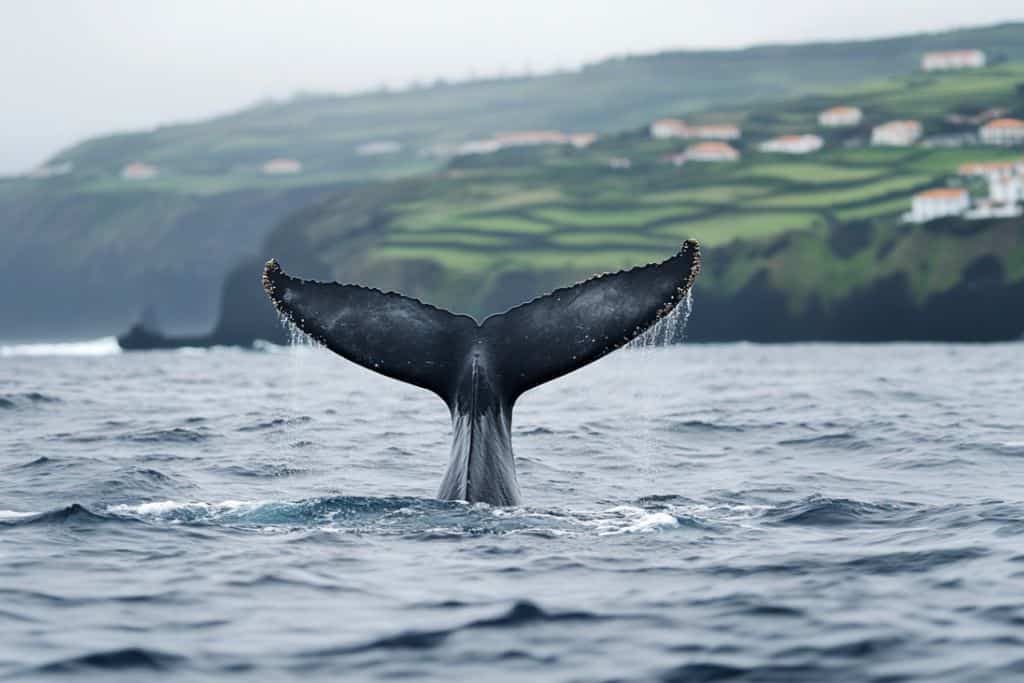
Wrapping Up
The Azores, where history and legend blend into a mystical tapestry, are a realm of profound mystery. With their dramatic landscapes veiled in shifting fog, these islands are a call to the curious and the dreamers. Tucked away under the guardianship of Portugal, they hold secrets that aren’t easily unraveled, their stories preserved in the mists that dance across their rugged terrains.
Getting to the heart of these enigmatic islands is a challenge, as much of their history remains just beyond reach, whispered in the wind and locked in the lore of the locals. I’m drawn to return, to peel back the layers of time and myth, hoping to grasp more of what lies beneath their mysterious surface. The Azores beckon with the promise of uncovering hidden truths, wrapped in the allure of the magical and the unknown. Here’s to coming back, to listening more intently to the ancient whispers of these mystical islands, learning more about Azores history.





